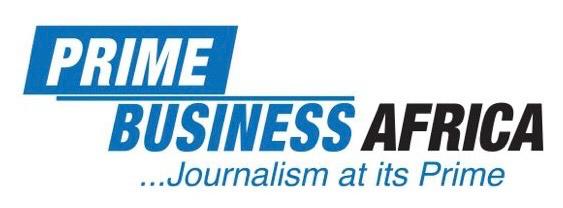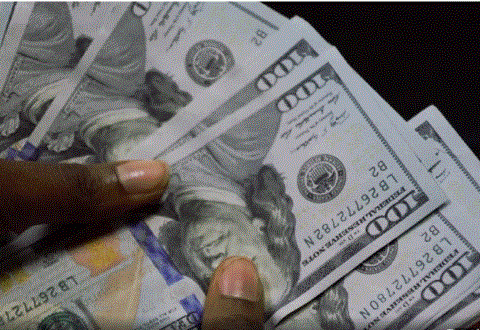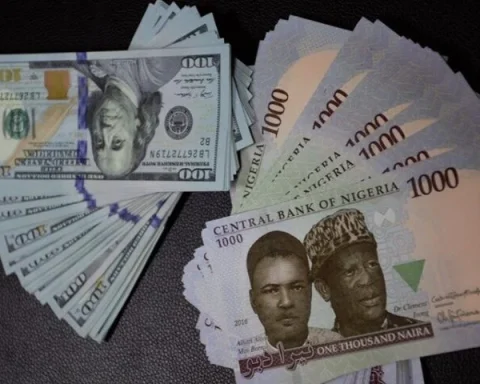By Linh Tran
Gold is currently reflecting simultaneous support from multiple macroeconomic forces, including expectations of monetary easing, heightened policy uncertainty, and persistent geopolitical risks. The convergence of these factors has driven both institutional and retail investors toward accumulation and hedging strategies, forming a robust structural foundation that has sustained gold’s strongest rally since 2020.
Join our WhatsApp ChannelIn just the first two trading sessions of the week, gold prices surged nearly $170, marking the eighth consecutive week of gains—a clear signal that safe-haven demand remains dominant.
At present, although the U.S. Federal Reserve has initiated its first rate-cutting cycle following a prolonged period of tightening, the 10-year U.S. TIPS real yield remains elevated at around 1.75%, well above its long-term average (Bloomberg, October 2025). This indicates that inflation expectations remain anchored at a high level due to fiscal deficits and the large-scale issuance of Treasury bonds. As real yields decline more slowly than nominal rates, investors are increasingly turning to gold as an alternative store of value to government bonds.
On the policy front, U.S.–China trade and tariff tensions have become a major catalyst strengthening gold’s role as a hedge against policy risk. President Donald Trump’s announcement of a 100% tariff on Chinese imports starting November 1, 2025—or earlier should Beijing continue to restrict rare-earth exports—has reignited fears of a new round of trade escalation. Moreover, both economies are reportedly preparing to impose reciprocal port fees on each other’s shipping vessels—effectively a “hidden tax” that could significantly raise global logistics and trade costs. The IMF warns that this escalation could lift import prices in the U.S. by 0.7–1%, intensifying structural inflation pressures. In an environment where input costs are rising and profit margins are narrowing, gold naturally reasserts its role as a defensive hedge against persistent inflation.
READ ALSO:Retail Trading Data Show Heavy Buying in Gold, Rising Optimism Across US Indices
On the geopolitical front, the recent ceasefire agreement between Israel and Hamas temporarily eased tensions in the Middle East, but risk has shifted to Eastern Europe as the U.S. considers supplying Tomahawk cruise missiles to Ukraine, a move Moscow has labeled a “significant escalation.” Simultaneously, the U.S. government shutdown has delayed the release of key macroeconomic reports—such as CPI, PPI, and retail sales—pushing markets into a state of “data fog,” where investors lack timely data to assess the health of the economy. Under such conditions, institutional investors tend to reduce portfolio risk exposure, increasing allocations to gold and short-duration bonds.
Beyond these three primary drivers, the demand structure for gold remains remarkably resilient. According to the World Gold Council (WGC, 2025), global gold ETFs recorded their strongest quarter on record, attracting roughly $26 billion in net inflows in Q3, bringing total assets under management (AUM) to an all-time high. Meanwhile, central banks collectively purchased over 400 tonnes of gold during the first half of 2025, marking the tenth consecutive quarter of net accumulation. This represents strategic demand aimed at diversifying foreign reserves amid mounting geopolitical and currency risks.
On the supply side, global gold output grew by only around 3% year-over-year, constrained by rising production costs and stricter ESG standards (WGC, Gold Demand Trends Q2 2025). The widening gap between limited supply growth and rising investment demand has kept the supply–demand balance in a supportive position, underpinning gold’s medium-term price trajectory.
Overall, the medium-term outlook for gold remains positive, particularly if the Fed eases policy faster than expected and the U.S. dollar weakens meaningfully. Conversely, a sustained recovery in U.S. economic data and a significant reduction in geopolitical risk could weigh on prices.
In the short term, gold is likely to remain supported by strong portfolio hedging flows. However, investors should not rule out short-lived technical corrections or volatility spikes triggered by unexpected macro or geopolitical developments, as markets continue to navigate a highly uncertain global environment.
Linh Tran, Market Analyst at X.com. She wrote in from Dubai, UAE













